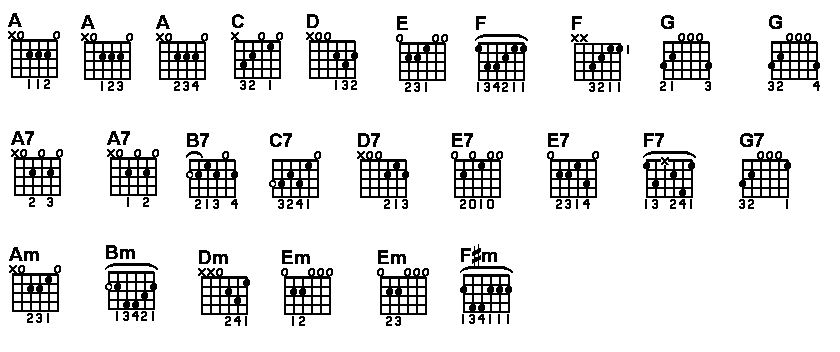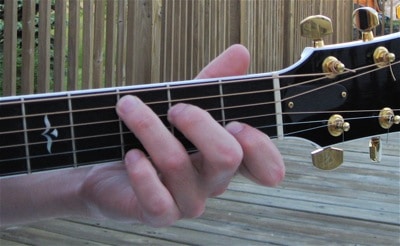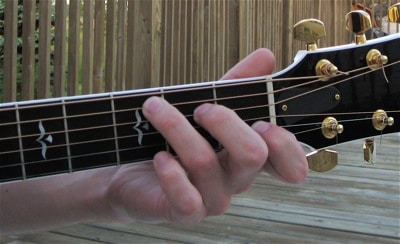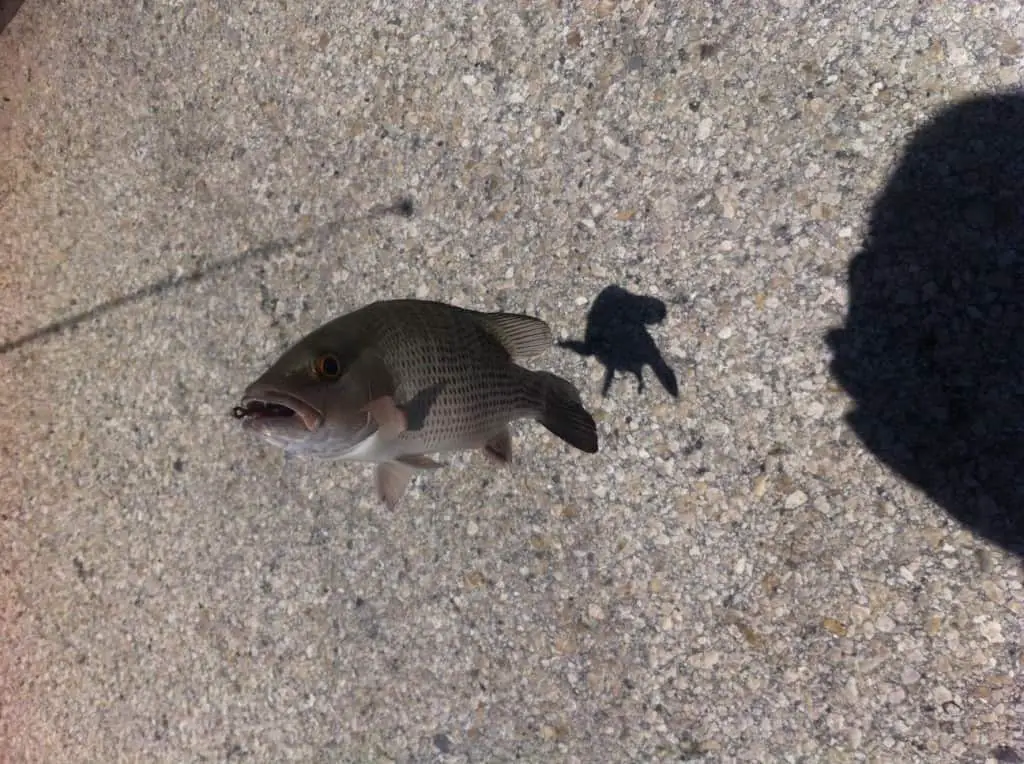Have you ever wondered if it’s possible to teach yourself to play guitar whether it’s acoustic or electric?
My little brother Joseph and I always did while growing up and listening to classic rock music in the mid to late seventies.
Some of the most famous guitarists on this planet taught themselves how to pick up their axe and start picking and strumming away to the tune of millions of dollars; Eric Clapton, Prince, BB King, Jimi Hendrix, and Eddie Van Halen are but a few of them.
On a much smaller scale, my brother started to teach himself how to play guitar at the age of 28 and within 2 years, he was finger picking and strumming to his heart’s content, always being the life of the party. He was impressing the chicks and making the guys jealous. I remember many a time when one or two guys in a party were visibly perturbed that all the women were flocking around him!
Enough bragging about my bro! Anyway, the point is; He taught himself and if he did it and you have the desire to do it, you can too. You don’t need to read music to play well on guitar. However, there is nothing like hiring a qualified teacher because he or she will be able to point out mistakes and guide you to quicker success. If you have the time and you can afford it, I recommend you hire the services of a guitar instructor. They will also ensure you learn how to play the right way and it’s without a doubt, the quickest way to learn. Either way, I know most people don’t have time or money to hire someone to teach them, which is why I wrote this article for you!
I’m not as good as my brother but I also play acoustic guitar. I currently own a Taylor 110 dreadnought that my boyfriend bought for me a long time ago as a birthday present for $700.00. It is regarded by many experts as being the best acoustic guitar in its price range and I can vouch for that. There are a few good acoustic guitars in the $200 price range that will do just fine such as the Yamaha FG700S Acoustic Guitar that sometimes comes bundled with a package of other goodies such as a string winder, a tuner, etc.
If you prefer an electric guitar, you will have to buy the guitar and an amplifier of some sort. Alternately, you can purchase a headphone amplifier instead so you can practice quietly in your bedroom without bothering anybody until you can really ‘shred’ and show off. The Squier Fender Stratocaster is a good one for about $179.00 and if you look around, you will probably be able to pair this guitar off with a bundled pack which includes an amplifier for under $250.00.
Another important piece of equipment you need to have, especially when you are starting out, is a guitar tuner. I currently use an app tuner I found on my iPhone called Guitar Tuner Version 2.3 for $2.99 and it works perfectly for an acoustic guitar. For electric guitars, you will need an inexpensive digital $29.99 tuner you can get just about in any music store. Make certain the guitar is in tune before every practice session. This takes a few tries to learn but it is worth it! You cannot learn anything if your guitar is out of tune.
Whichever guitar you choose, it’s i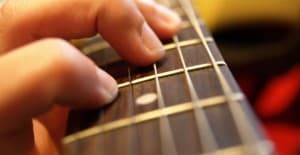 mportant to buy one with a decent, low string action (the distance between the strings and the fretboard. If you buy a guitar with action that is too high, you will have a tough time making the guitar sound clean because your fingers will be digging way too deep as you finger the chord shapes and when you pluck or strum, the strings will vibrate and your fingers will mute the strings accidentally.
mportant to buy one with a decent, low string action (the distance between the strings and the fretboard. If you buy a guitar with action that is too high, you will have a tough time making the guitar sound clean because your fingers will be digging way too deep as you finger the chord shapes and when you pluck or strum, the strings will vibrate and your fingers will mute the strings accidentally.
Last but not least before you start practicing, you need to get a few guitar picks. I use the Dunlop 4420 Nylon Standard Guitar Picks and the sizes are .45 MM for lighter strumming and .60 MM for a little more bite when you are able to pick the strings and strum. When you are starting out, go for the .45’s.
Start By Learning a Few Basic Guitar Chords
Now that your guitar is in tune it’s time to start learning how to play. Start by learning the basic chords such as G, A, Em, C, D, E, etc. (see below) *** the numbers below the chords tell you which fingers play the frets starting with your pointer finger as #1 and your pinky is #4
When you place your fingers on the right frets, you want to place them just barely behind the frets as below:
This is the wrong way to place your fingers:
Learn one chord shape, finger it, and strum in a downward motion. Then, once you are comfortable with that first chord, learn another one. Then, practice moving your fret hand from one chord to another slowly until you build speed. Repeat this process with the other chords until you learn them all. When you learn the above chords, you have already won an amazing battle and you will be well on your way!
Next, find he guitar chords for one of your favorite songs on Ultimate-Guitar.com and try to pick one out that uses some or all of the chords you have learned so far. Make it a point to learn that first song from beginning to end. One of the easiest ways to retard your progress is to jump from one song to another without really learning one song and the chords that go with it.
With each song, listen to the guitar runs and other instruments in parts of the song, and try to imitate them with your guitar. This will make your guitar playing much more interesting to your listeners. This will take some time to master, so be patient. For now, playing straight chords coupled with basic strumming or finger-picking will do just fine.
Putting All the Pieces Together
At this point, you can continue learning one new song at a time while learning new chords and improving your strumming and fingerpicking. Don’t worry too much if the strumming and picking is a little awkward. It takes time and you will naturally see improvement the more you play and the more you try to imitate the percussive sound of the songs you play. You will eventually learn how to mute the strings with your playing hand for a percussive effect and you will graduate to hammer-ons and pull-offs.
The more songs you learn from start to finish, the better you will get over time. With regular practice, it takes two to three months to see real progress and about two years to play fairly proficiently. Keep practicing and understand it’s normal to develop calluses on the tips of your fretting fingers; these are your battle scars and they will be well worth it!


